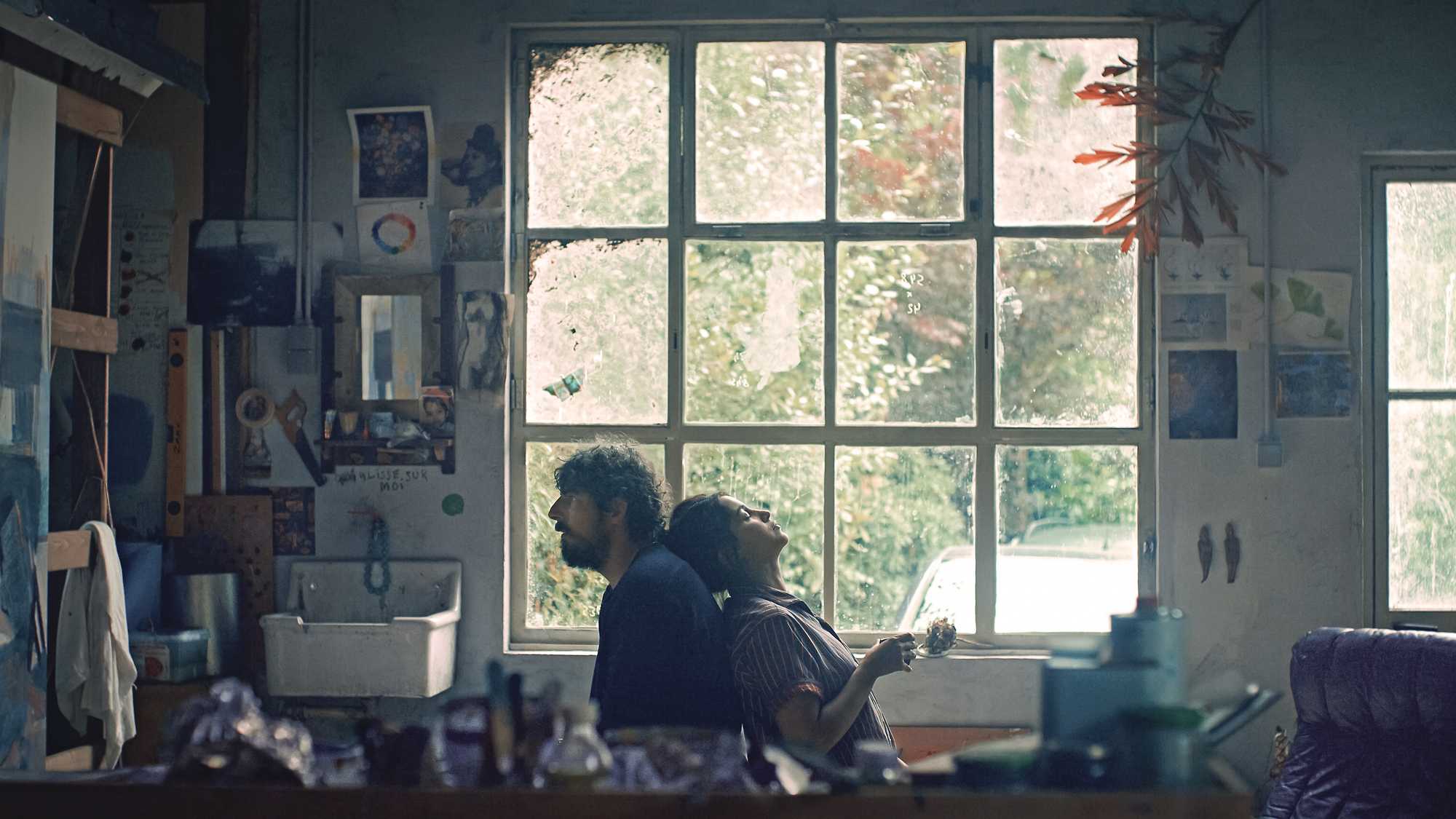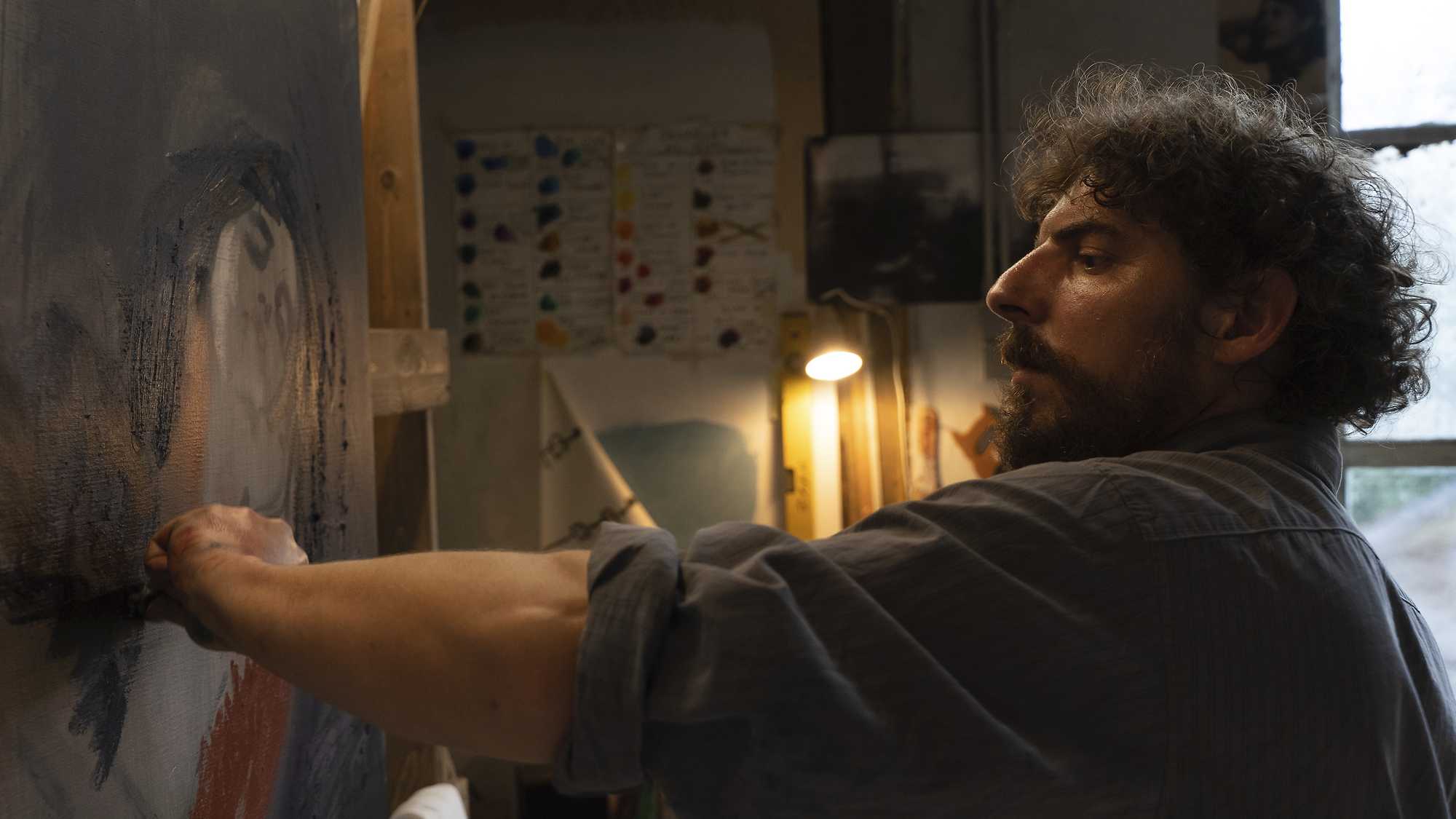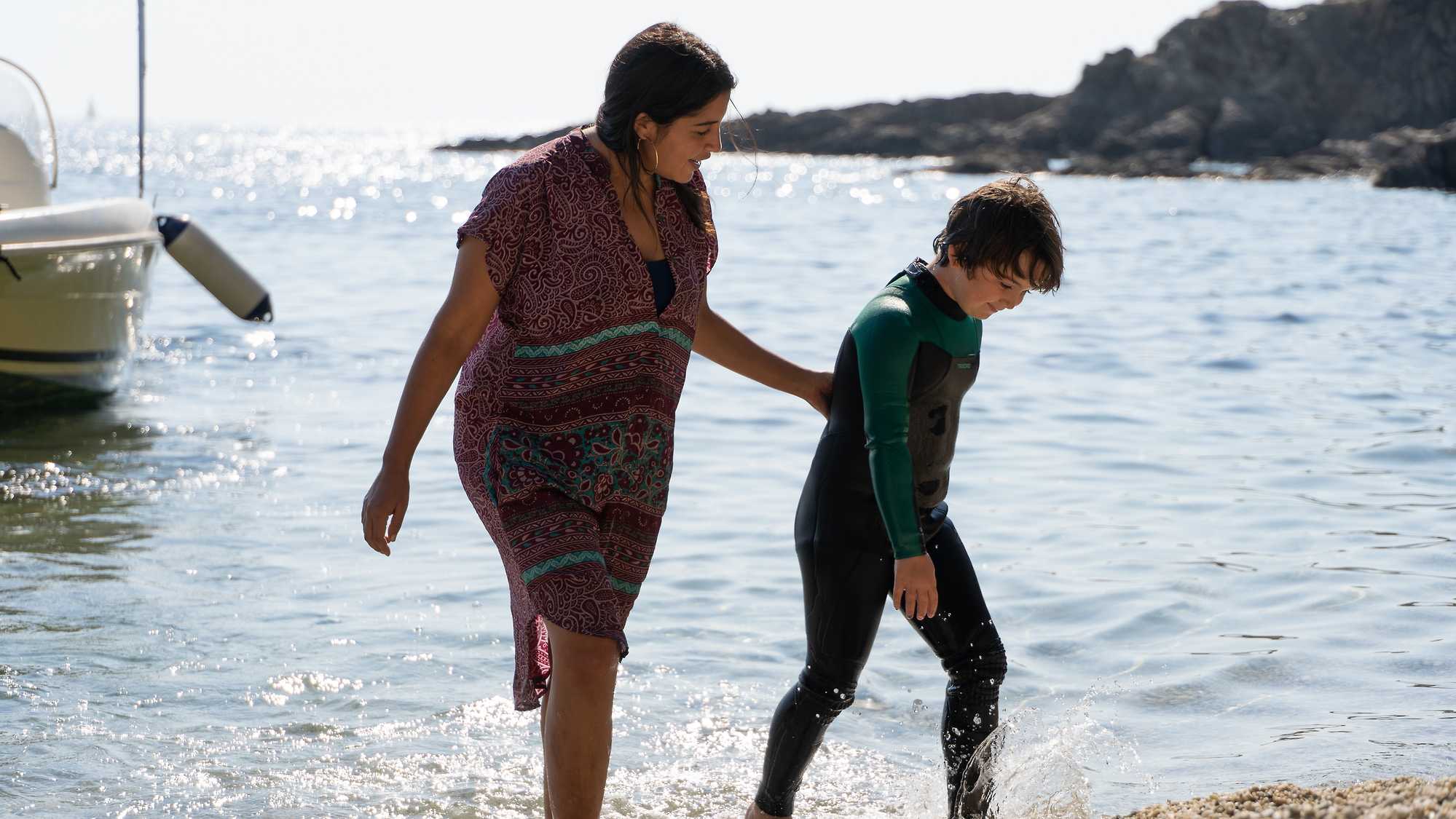An unflinching study of the impact of bipolar disorder on a French artist and his family. “Lafosse administers the tension like a seasoned anaesthetist who knows exactly what dose to deliver.” — Hollywood Reporter



This tense but extremely tender two-hander is the first film by Lafosse to play Cannes’ main competition, granting him the wider exposure he deserves.
Screened as part of NZIFF 2021
The Restless 2021
Les Intranquilles
Successful painter Damien seems to live an idyllic life in the south of France with his furniture restorer wife Leïla and their son Amine: all sun, surf and swimming pools. But we’re not even through the first scene before the shadows start creeping in.
Damien’s exuberant behaviour becomes more and more erratic, until he is hospitalised and diagnosed with bipolar disorder. We rejoin the family after his recovery, only to watch him steadily slip back into mania. This time around, his illness takes a much greater toll on his wife and child.
Seasoned festivalgoers will know Joachim Lafosse as a master of the uneasy family drama, and a superb director of actors, from his earlier films Private Property (NZIFF 2007) and Our Children (NZIFF 2012). With The Restless, his first film to play in the main competition at Cannes, he’s again on top form, dealing with a volatile emotional cocktail of fear, shame and distrust that impacts each member of the family differently. Their responses to an impossible situation are explored with Lafosse’s typical toughness, insight and empathy.
Much of the power of the film resides in its decision to focus on Damien’s nerve-jangling manic episodes, allowing viewers to understand just how scary they can be to those around him – and how intertwined they are with his creativity. Is it possible for him to walk the psychological and pharmacological tightrope of stability and continue with his work, while avoiding devastating collateral damage to those he loves? The film is smart enough to know that there are no easy answers. — Andrew Langridge